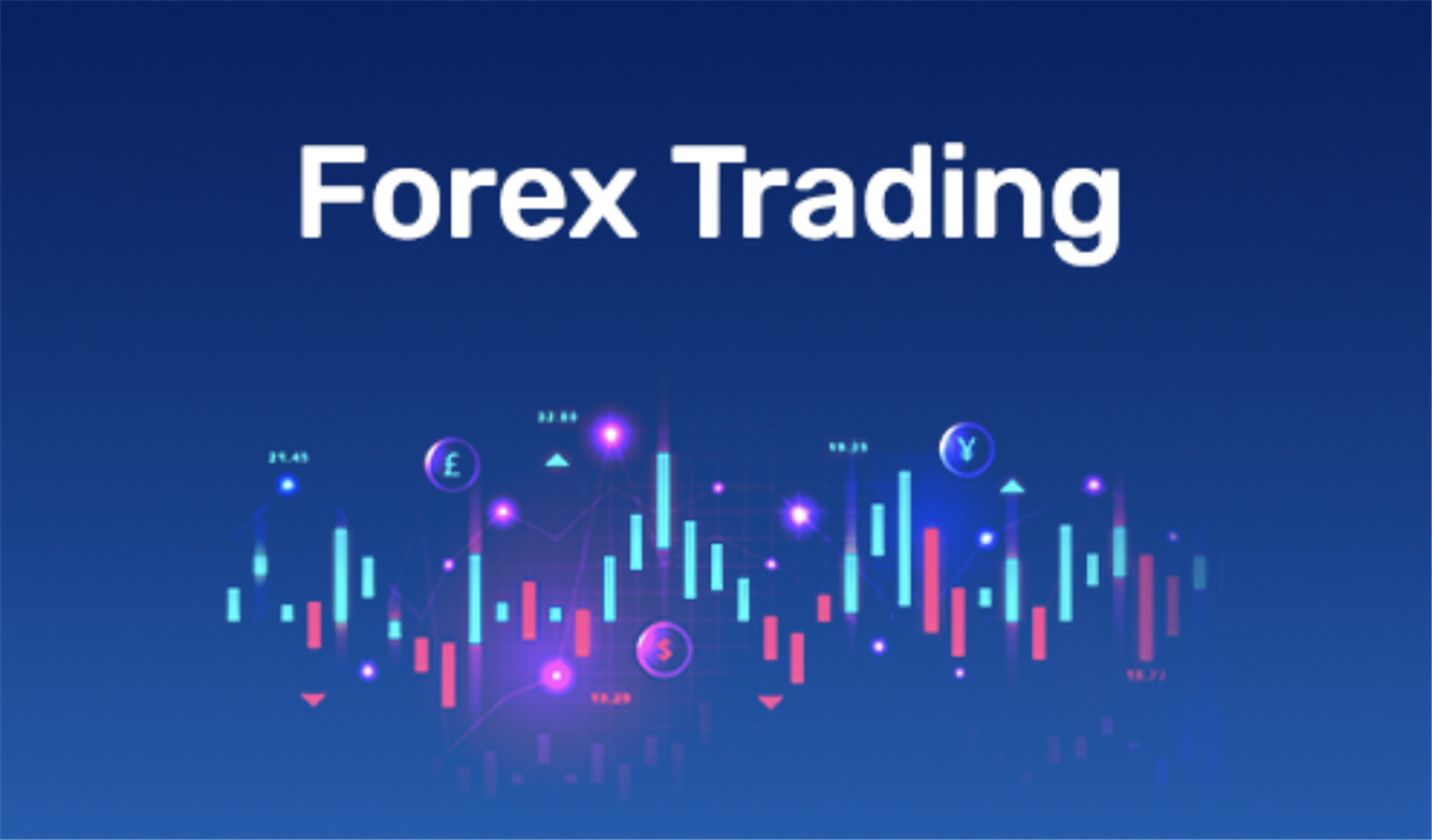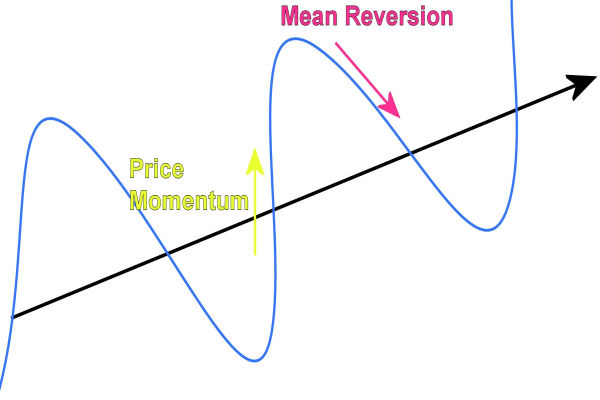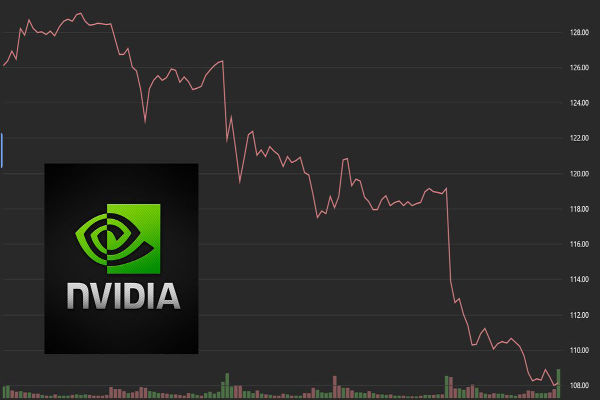Foreign exchange trading, also known as Forex trading (FX trading), refers to
the buying and selling of different currencies in the international foreign
exchange market. It is the act of exchanging one currency for another currency,
so foreign exchange trading always occurs in the form of currency pairs (you
cannot exchange 10 yuan for 10 yuan). Foreign exchange trading is also known as
Forex, or FX in English. When we travel abroad and exchange RMB for some foreign
currencies, we actually complete a foreign exchange transaction. Foreign
exchange trading is one of the largest and most active financial markets in the
world, with daily trading volumes reaching trillions of dollars.

Participants in foreign exchange transactions include various financial
institutions (such as banks, Securities companies, and insurance companies),
central banks, large multinational corporations, investment institutions, and
individual investors. Trading is usually conducted on a 24-hour global scale, as
different countries have different time zones, so the market can trade almost
24/7.
The main purpose of forex trading is to profit from fluctuations
in currency exchange rates by buying low-priced currencies and selling
high-priced currencies. Trading currency pairs typically appear in a combination
of major currencies (such as the US dollar, euro, pound sterling, and Japanese
yen) and other secondary currencies (such as the Canadian dollar, Australian
dollar, and Swiss franc).
The basic principle of forex trading is to use fluctuations in
exchange rates to obtain profits. The exchange rate is the exchange rate between
two currencies, which is influenced by various factors, such as economic data,
political events, changes in interest rates, etc. Traders analyze these factors,
predict the trend of exchange rates, and make buying and selling operations
based on their own judgment.
The characteristics of the forex market include high liquidity,
large trading volume, high openness, leveraged trading, and extremely sensitive
market changes. The volatility of the forex market is high, and
prices are influenced by many factors, such as economic data, political events,
interest rate decisions, trade policies, etc.
There are many ways of trading forex, the most common of which are
spot trading and futures trading. Spot trading refers to trading in actual
currency, with a delivery time generally of two working days. Futures trading is
conducted in the form of contracts, with delivery time at a future date.
When conducting forex trading, traders can use various forex tools and
strategies, such as technical analysis, basic analysis, chart patterns,
indicators, etc., to predict market trends and make trading decisions. Traders
can trade through the trading platform provided by foreign exchange brokers,
which provides trading tools, real-time quotes, charts, and analysis tools.
Although forex trading has high profit potential, there are also
risks involved. Market volatility and leveraged trading may lead to trading
losses; therefore, risk management is crucial while trading.
Before conducting forex trading, traders should have sufficient
knowledge, skills, and experience and take appropriate risk control measures,
such as setting stop-loss points and target points. Success in trading relies
more on correct trading concepts and concise trading techniques, coupled with
decisive execution, dormant patience, and a healthy mindset.
Disclaimer: This material is for general information purposes only and is not intended as (and should not be considered to be) financial, investment or other advice on which reliance should be placed. No opinion given in the material constitutes a recommendation by EBC or the author that any particular investment, security, transaction or investment strategy is suitable for any specific person.







